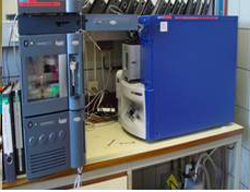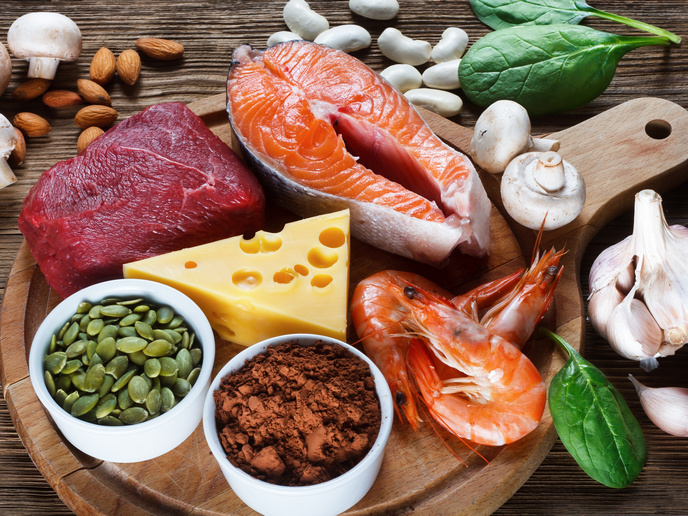Animal feed clean-up using new chemical assay
Due to fears surrounding the use of antibiotics as growth promoters in the meat industry, some, including tylosin and avoparcin, have been banned from incorporation into animal feeds. However, the lack of effective assay methods meant authorities could not adequately police the ban. To help enforce the regulations, the project FEEDSTUFFS-RADIUS aimed to develop more specific tests that would also be not susceptible to feed component interference. An unequivocal means of detection and quantification based on Liquid chromatography - mass spectrometry (LC–MS) was developed by scientists at Ghent University in Belgium. The overall aim was for this technique to be used in a confirmatory capacity after other robust and highly specific assays. The team developed a series of procedures including the exact means of extraction, purification and elution and an end-capped column of high purity silica. The method has been published in the analytic chemistry journal, Analytica Chimica Acta. The process was fully validated for pig, poultry and cattle feed within Ghent University according to the standards set by the European Commission for the testing of residues in animal products. Concentrations detectable were half the advanced determined food residue limit. More credibility for the method was gained in a collaborative trial conducted in seven European countries involving 11 participants. The mass spectrometry method developed by partners of FEEDSTUFFS-RADIUS project has proved to be a highly reliable method specifically designed for five banned antibacterial growth promoters. Moreover, it is able to distinguish between cross-contamination at the mill and, for this purpose, the scenario whereby the substance has been added deliberately to the animal food.







